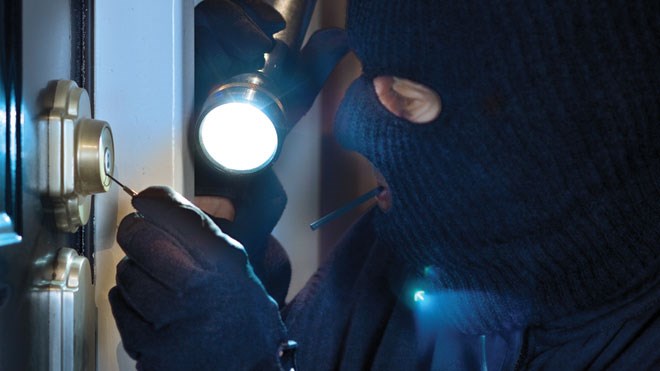A report this week from the Fraser Institute found crime rates are falling even as the size of police forces in Ontario keep growing.
“Between 2001 and 2012, police officers per 100,000 of population in Canada rose 8.7 per cent, while the crime rate declined by 26.3 per cent,” the report concluded.
Written by Livio Di Matteo, an economics professor at Lakehead University in Thunder Bay, the report said police costs are rising while workloads decline “as measured by criminal code incidents per officer.
“Real per capita police expenditures in Canada between 1986 and 2012 rose 45.5 per cent while criminal code incidents per officer declined by 36.8 per cent.”
Greater Sudbury's force fared well in the survey, cracking the Top 10 when it comes to efficient use of resources. Sudbury finished ninth, with Moncton, Kelowna and Ottawa-Gatineau finishing 1-2-3. At the very bottom were police forces in St. John, NB, Winnipeg and Windsor.
Chief Paul Pedersen said the report reflects an ongoing debate among police in Canada, whose job increasingly involves dealing with non-criminal activity. With so much of their budgets tied to salaries, Pedersen said police work continues to be redefined.
“That's the question – can we keep growing police budgets at the rate they have been growing?” he said. “Today, all public services are under budgetary restraints. So certainly this information can help us determine what will be the future of policing in Greater Sudbury. At the end of the day, it comes down to a pretty simple thing: what does the public value, and what does it cost?”
The Fraser Institute report only looks at crime rates, Pedersen said, when officers spend a lot of time on other calls. In the North, for example, the province stopped taking responsibility for nuisance bear complaints a few years ago, downloading the problem to local police.
“I can't imagine there's many bear calls in the GTA – and a bear call is not a crime,” he said. “But an officer or officers are sometimes tied up for significant periods of time until the bear (has) moved on or, in the worst-case scenario, has been dispatched ... That's a significant drain on resources that is unique to this area.”
The report acknowledges that policing is changing, and more and more of what forces are called on to do doesn't involve the Criminal Code. Pedersen said only about 20 per cent of police work involves fighting crime.
“Much of the rest of the time is spent on what's called social disorder calls – mental health calls, traffic complaints, which are always No. 1 in complaints among community concerns,” he said.
“So traffic, youths and drinking and liquor offences – none of those are categorized as crimes. But they are very important issues to the community we serve. So that type of research that looks at crime rates needs to be done with all of the other aspects of our profession.”
That doesn't mean, however, that staffing levels don't have to be looked, he said. In Sudbury, salaries and benefits consume about 90 per cent of the $51.2 million police budget, leaving little room for anything else. The local force has a compliment of 264 uniform police, 111 support staff, 300 volunteers and a fleet of 152 vehicles.
“We're recognizing there has to be alternatives to 24-7 human resource response,” Pedersen said. “It's an expensive resource.
“And for some of these things – you take neighbour disputes, for example – begs the question: Is a uniformed police officer driving a very expensive police vehicle, with all the training that goes with it – an appropriate response to that?”
The force has already instituted online crime reporting and are using some community information officers to deal with non-emergency calls, he said, to try and make better use of police time. Long term, the community has to decide what it expects from police, and what they're willing to pay for it, he said.
“But at the end of the day, when the public calls 911, we will respond.”
Join Sudbury.com+
- Messages
- Post a Listing
- Your Listings
- Your Profile
- Your Subscriptions
- Your Likes
- Your Business
- Support Local News
- Payment History
Sudbury.com+ members
Already a +member?
Not a +member?
Sign up for a Sudbury.com+ account for instant access to upcoming contests, local offers, auctions and so much more.
